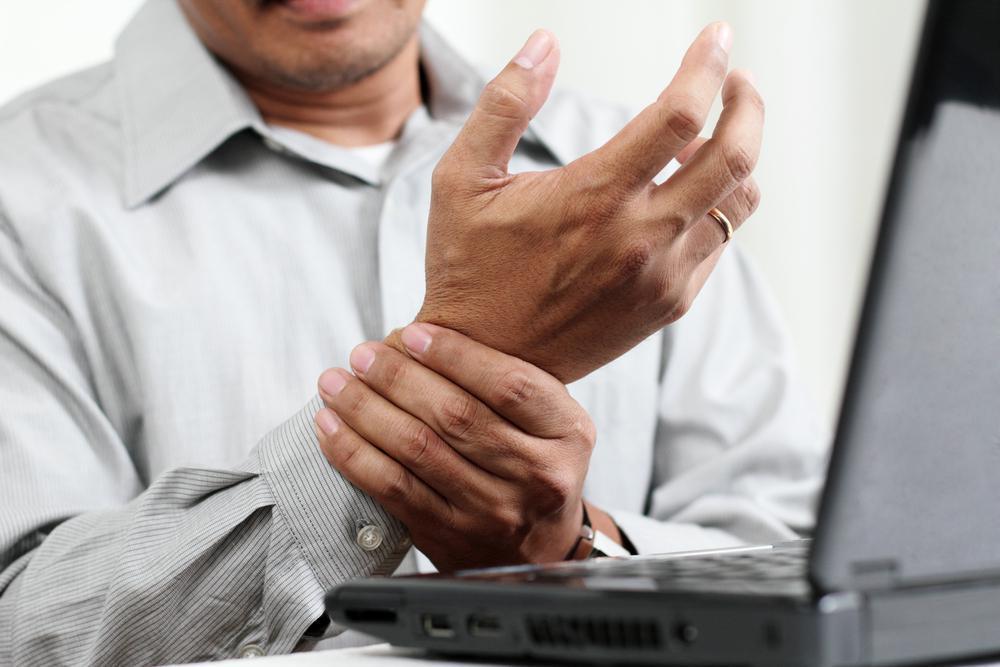
Arthroscopic Surgery for Carpal Tunnel

Carpal tunnel syndrome is a common nerve disorder that affects between 4-10 million Americans. While we can often treat the condition with noninvasive treatments, in some cases, surgery is needed to relieve the pressure on the median nerve in your wrist.
Here at Bahri Orthopedics & Sports Medicine Clinic in Jacksonville, Florida, our orthopedics team provides expert diagnosis and state-of-the-art treatments for carpal tunnel syndrome and other hand and wrist problems, including arthroscopic surgery.
About carpal tunnel syndrome
Your carpal tunnel is a small opening in your wrist joint that surrounds and protects your median nerve. The carpal tunnel floor and sides are bone, and the top is your transverse carpal ligament. These boundaries are rigid and don’t expand.
Carpal tunnel syndrome develops when something narrows the carpal tunnel opening, such as inflammation in the surrounding flexor tendons or synovium. The swelling can compress the median nerve as it passes through your wrist, causing numbness, weakness, and electrical jolts in your thumb, index, middle, and ring fingers. You might also frequently drop things because of these symptoms.
Carpal tunnel syndrome is progressive, which means it gradually worsens over time. As with most health issues, the earlier you seek treatment, the better. When diagnosed early, noninvasive treatments are often effective.
When you need arthroscopic surgery for carpal tunnel syndrome
Surgery is rarely a first-line approach to treating carpal tunnel syndrome. We usually try to treat your condition with bracing or splinting, anti-inflammatory medication, cortisone shots, physical therapy, and activity changes.
If these methods don’t relieve your symptoms, then we discuss carpal tunnel release surgery.
What to expect during arthroscopic surgery for carpal tunnel syndrome
We use minimally invasive arthroscopic surgery whenever possible as it reduces risks for you and usually has a quicker recovery period.
We make a small incision in your hand during arthroscopic surgery and insert the arthroscope into your wrist. The arthroscope has a lighted camera on its tip that sends images to a monitor in the treatment room. Then, we insert another surgical tool to divide your transverse carpal ligament and relieve pressure on your nerve.
Depending on your needs, we provide a local anesthetic, light sedation, or general anesthesia to keep you comfortable during the surgery.
Recovering from arthroscopic wrist surgery
We bandage your hand and wrist after your surgery. You can expect some discomfort and stiffness, but keeping your hand elevated and following our aftercare instructions should minimize these post-op symptoms.
We provide a wrist brace for you to wear for several weeks after surgery. You should be able to use your hand for light activities soon after surgery, although you should avoid strenuous activities until you have a follow-up appointment and we give you the all-clear. Bear in mind that it can take two or three months to regain grip and pinch strength. If your median nerve was damaged, it could take up to a year to be able to grip objects normally.
Our goal is to relieve your pain and other carpal tunnel symptoms. If you have any signs of carpal tunnel syndrome, call our office or make an appointment online today for expert diagnosis and treatment.
You Might Also Enjoy...


Navigating the Holidays After a Hip Replacement: 4 Top Tips

Knee Arthroscopy for Meniscus Tears: Fast Recovery, Stronger Knees

What is “Bamboo Spine” and Why Does it Happen?

Are Tennis and Golfer’s Elbow the Same Thing?


